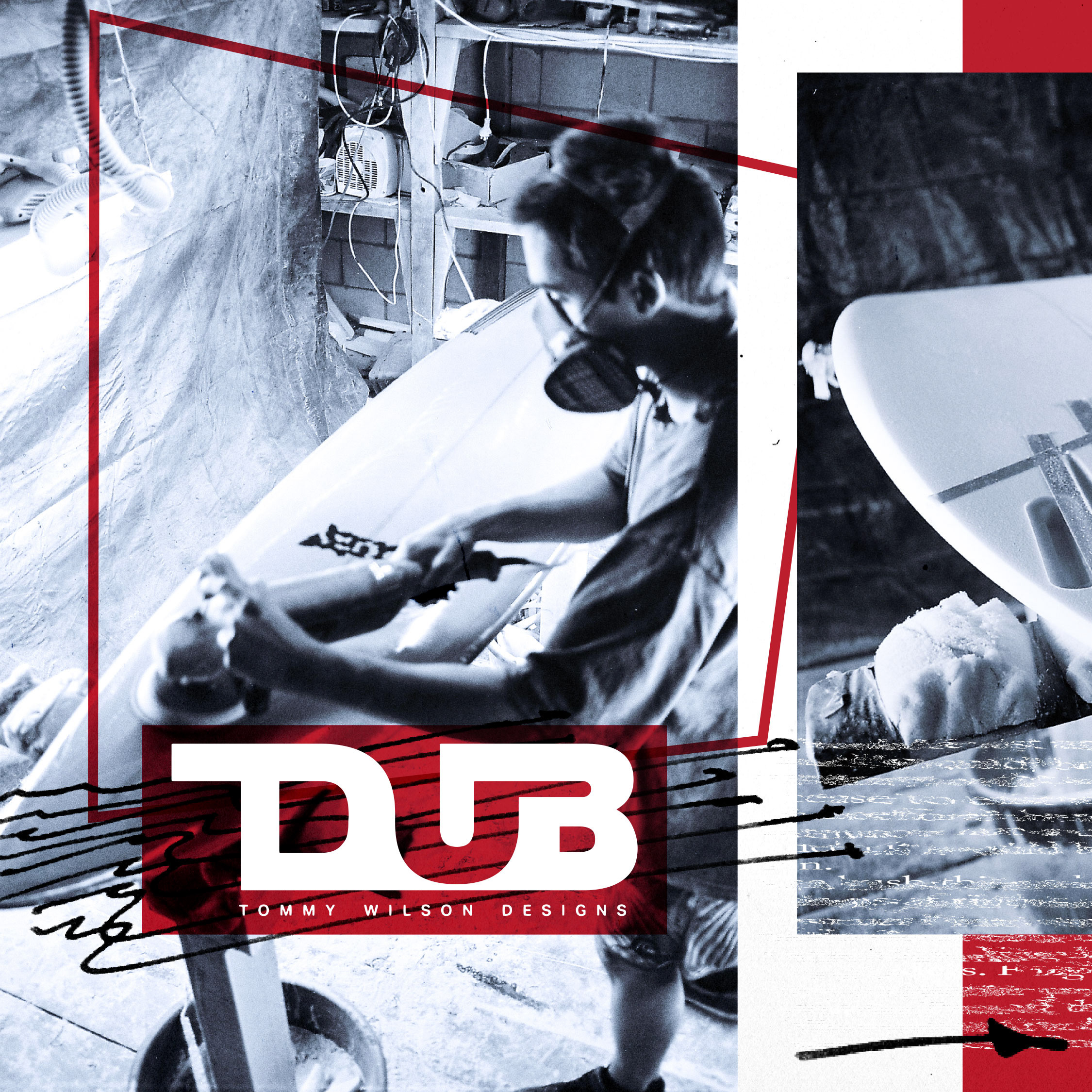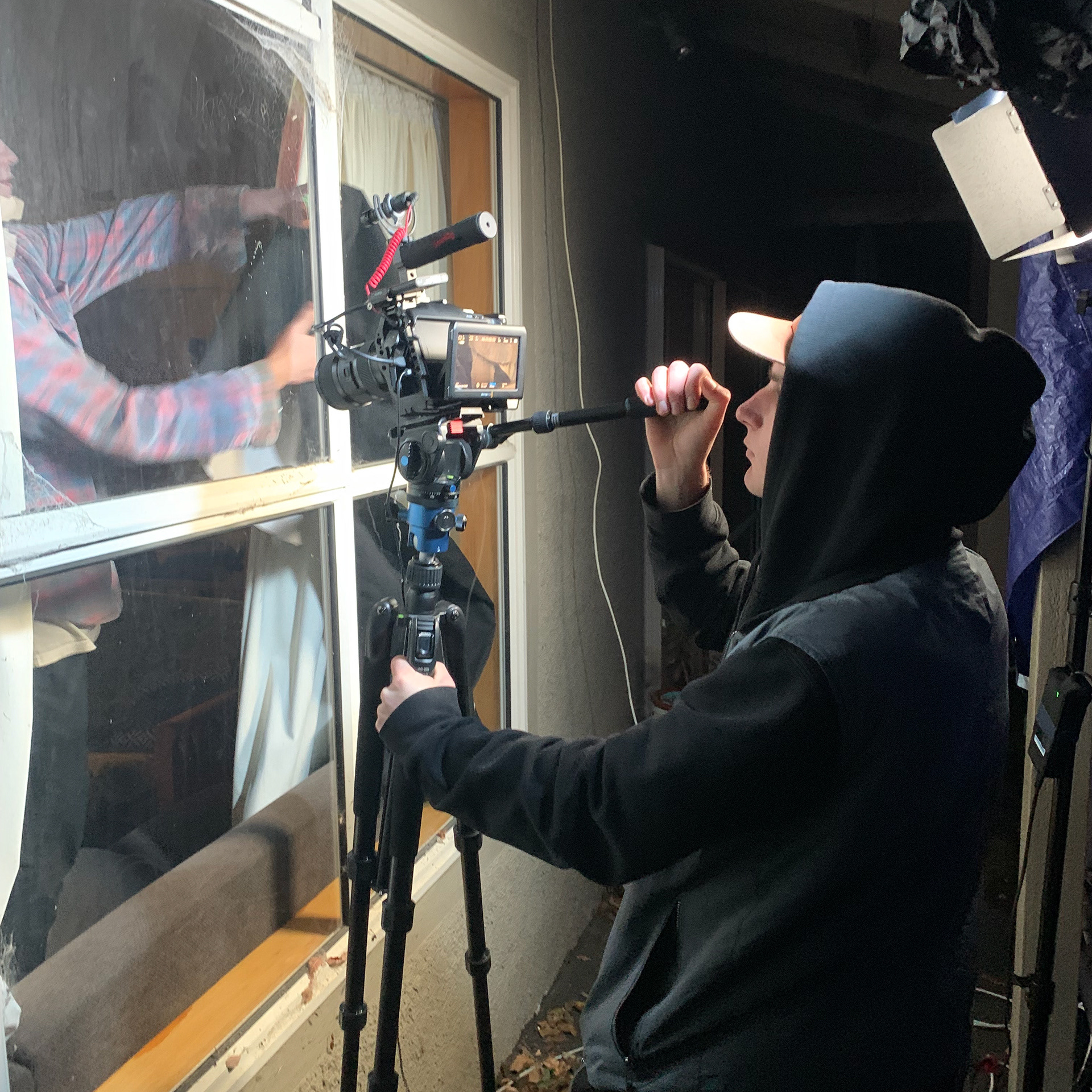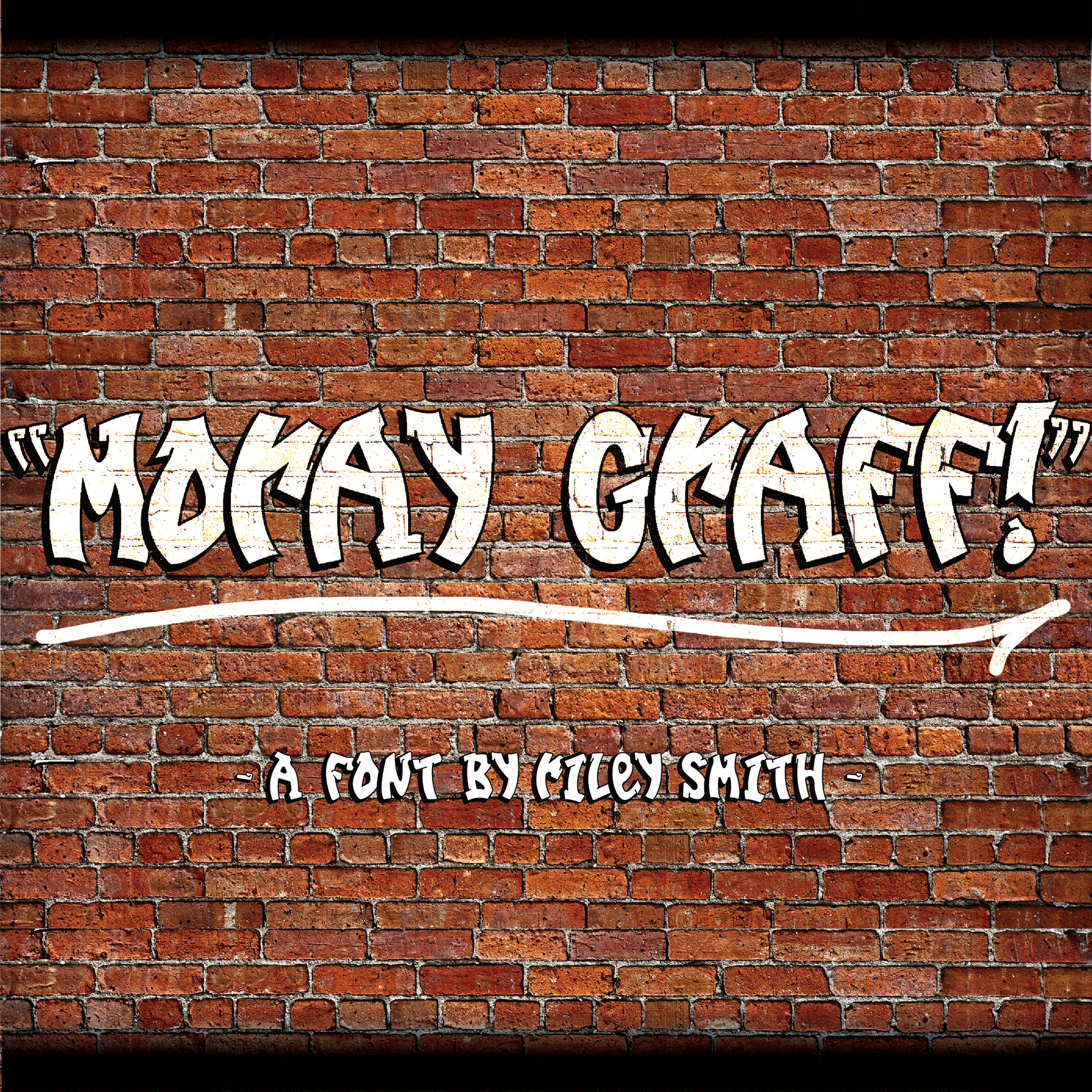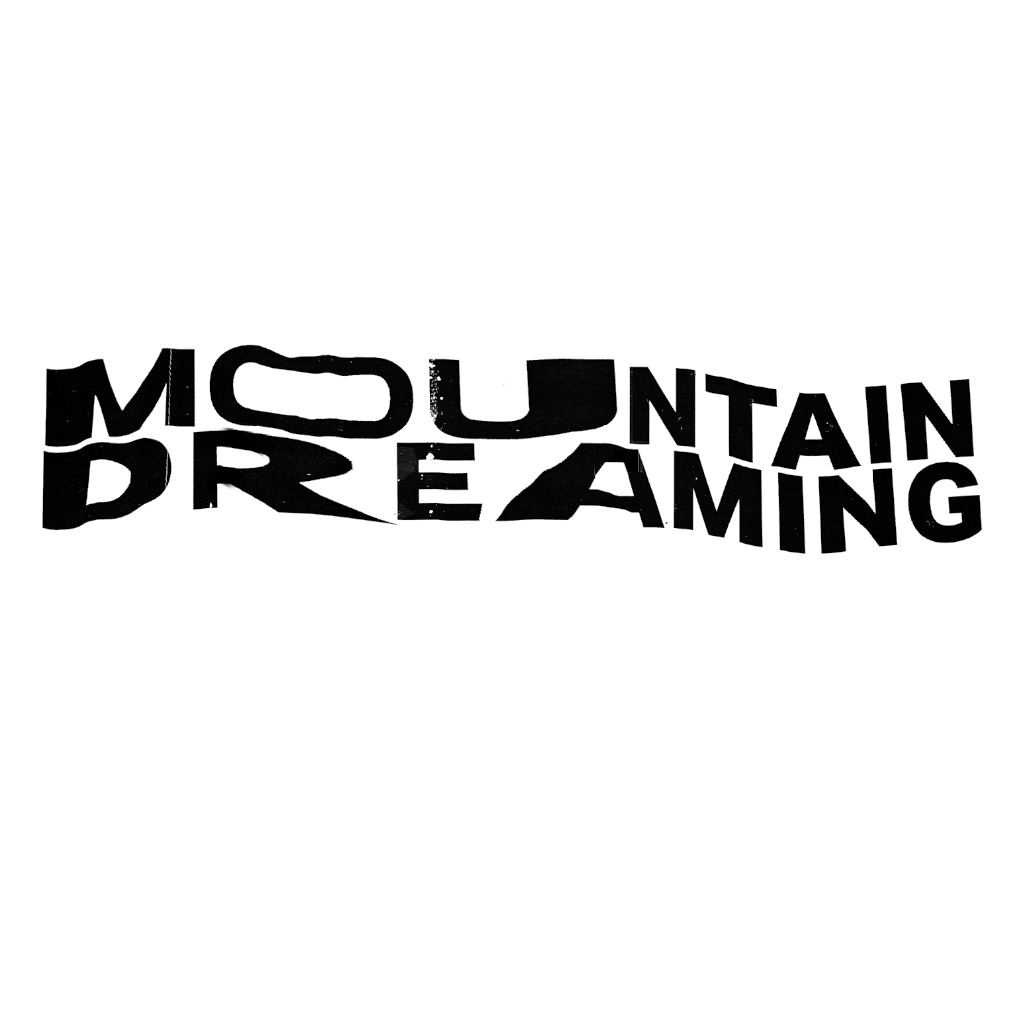BRAND STORY:
In the 1990’s, Professor of surgery John McCall started collecting and analyzing cancer samples from patients who were diagnosed with colorectal cancer; this evolved overtime to become the Dunedin Colorectal Cohort. The aim of the cohort is to improve patient outcomes through enhancing the understanding of colorectal cancer in New Zealand. One initiative that they are inspired by is the Gut Health Network, which holds a day where participants are invited back to see the research that has been collected. The DNCRC was so inspired by this that they have decided to hold their own research day with participants, as having a sense of community is an important aspect that they want to focus on. This will be happening sometime in November if all goes according to plan.

A logo takes on meaning only if over a period of time it is linked to some product or service of a given organisation. The DNCRC needs a recognisable logo that is unique to the company, yet attracts the attention of corporate organisations that will fund research such as the University of Otago. This DNA symbol reinforces the desired memorability of the company name because the solid shapes and arrangement have a certain visual presence and is very palatable and easy to remember.
The Logo symbolises the strongest values of the organisation. As previously mentioned, there is an obvious link in the logo to DNA, the backbone of the organisation. DNA recognises the scientific nature of the work that DNCRC allows researchers to perform, but also is a strong link to humans and individuality. The cohort would not exist without science, therefore it is extremely important to reference this in the cohort’s visual identity.
The shape was also designed to resemble hands holding, showcasing values of Kaitiakitanga the cohort provides to patients, researchers and alumni. Flow and unity are provided through symmetrically of colour and weight, exemplifying unity and an open future. The diagonal line struck through the symbol is a tie to the Otago University logo’s yellow diagonal cross, paying homage to the already rich heritage of the Cohort by subtly representing its humble beginnings.
Below - some photos that demonstrate some of the process behind the logo development. Starting from paper then eventually moving to digital. There was a LOT more paper sketching than what's shown!







Some more examples straight from my workbook of the beginning phases of the logo design. I was inspired by corporate identities such as Apple, McDonalds, and big corporations like that because of the simplicity and inherited meaning of the designs. I was trying to explore a way to create a logo that focuses on the human aspect of the cohort, and also pays homage to the future longevity and past heritage of the organisation whilst linking it to science.








Below - the final half of my workbook showing the end of the logo design process. The last two images are my reflection, which I have typed below.











REFLECTION:
I really enjoyed this design process a lot. I found it really interesting finding value within the organisation that I wanted to show, then trying to capture it with a graphic form which would be my final logo. I think from the focus group that my logo will not be chosen as the reaction from the cohort was that they are not into it, however I am still really happy with it, and I have been trying not to take what was said personally. I think that fundamentally I did capture what they are looking for, but understand that it might not be the look that they want - which is something to learn from. I think my design strategy next time will be slightly different, or at least that I will focus on more of the people side of an organisation - as my logo was aimed to bridge people and science.
The Brand Manual was also enjoyable to design. I took a chance and went down a pathway by emulating a sort of Paul Rand manual which I am completely not confident about at all (as I am the only person in the class to do a manual like this), but I am happy with what I wrote, and really hope that the client/someone actually reads it. I chose to design my manual like this because I wanted to keep the manual about my logo, and less about the manual if that makes sense. I want the brand manual to be stupidly simple, and every page to mean the same thing, and have the same value to the design. This is instead of plugging the manual full of colour and flavour, saturating the reader with content and misinforming them of what the book is really about. This is also why I chose to do so few mockups in my manual. My whole logo design process was spent looking at values and morals of the organisation, and how I can inject this value into a form in a logo. Because the Cohort currently doesn't have a website, facebook, or any form of public touchpoint, I didn't want to let the logo loose all of this value and meaning to the client by throwing it on websites and business cards that don’t exist, and that I didn’t design to carry the same essence of value and meaning.









